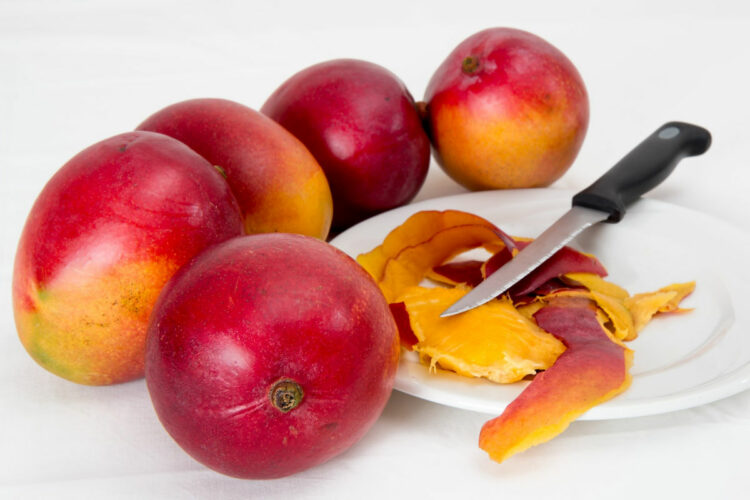Does mango really make you lose weight? Properties and diet

Does mango really make you lose weight when put on a diet? According to some research presented at the 2016 Experimental Biology Conference in San Diego, mango has beneficial properties that help you lose weight. Its beneficial properties typical of a superfruit, make it the ideal fruit to fight fat and obesity. Researchers from the University of Queensland, Australia, have also contributed to the research on the subject, studying in particular the capacity of the skin of the mango to burn fat and thus promote weight loss. The study highlighted how, especially the external part of the fruit, is able to prevent the formation of fat cells, counteracting the phenomenon of adipogenesis, that is the process that underlies the development of fat cells in the body.
Does Mango Really Lose Weight? Here are the beneficial properties of mango
Mango is a fruit with a sweet flavor very similar to peach but with acidic and exotic notes. Mango is a sweet, colorful and juicy fruit. It has a high concentration of healthy properties and substances: carotenoids, vitamins A, C, E, iron and phosphorus, and releases a heady and inviting scent. Its particular flavor makes it suitable to be consumed both on its own, for breakfast, as a meal or snack, but also in preparations in the kitchen, in salads or in combination with white meat or fish main courses. Mango is an ideal fruit for weight loss as it has diuretic and laxative properties and is therefore useful in case of constipation and water retention.
How to include mango in a diet: here is an example of the mango diet to lose up to 3 kg in one week.
Monday: Breakfast with a cup of semi-skimmed milk, two wholemeal biscuits and half a mango. Snack: a low-fat yogurt. Lunch: Baked fish and steamed spinach. Dinner: minestrone with mixed vegetables and a hard-boiled egg. Tuesday: breakfast with a white yogurt and 3 wholemeal rusks. Snack: half a mango. Lunch: Chicken breast, mixed salad and a mango. Dinner: Baked sea bream and steamed spinach.
Wednesday: breakfast with a fruit yogurt, two dry wholemeal biscuits and half a mango. Snack: a mango. Lunch: a portion of brown rice with zucchini and half a mango. Dinner: bresaola, rocket and tomato salad and grilled aubergines. Thursday: Breakfast with a cup of green tea and three wholemeal rusks. Snack: a mango. Lunch: a portion of brown rice with vegetables, rocket salad and a mango. Dinner: cow’s milk ricotta, grilled aubergines and courgettes and a mango. Friday:breakfast with a cup of semi-skimmed milk and three wholemeal rusks. Snack: a fruit yogurt. Lunch: salad with two boiled eggs, tuna, tomatoes and lettuce and a mango. Snack: a mango or green tea. Dinner: Baked sea bass, grilled courgettes and half a mango.
Saturday: Breakfast with a cup of green tea, two wholemeal biscuits and a mango. Snack: a fruit yogurt. Lunch: tomato and cucumber salad, bresaola. Dinner: vegetable soup and a mango. Sunday: Breakfast with a cup of green tea, two wholemeal rusks and a mango. Snack: a low-fat fruit yogurt. Lunch: a portion of wholemeal spaghetti with tomato and basil and a mango. Dinner: vegetable soup or baked sea bream and a mango.
























+ There are no comments
Add yours